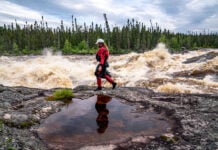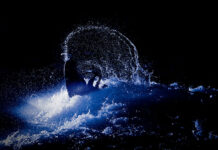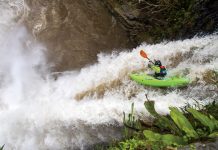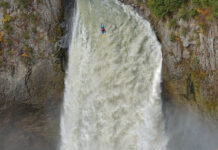Five years ago I paddled Nepal’s classic Marsygandi River, one of the world’s finest for whitewater kayaking. I went back last fall to paddle it again.
When I saw the middle canyon had disappeared under a huge reservoir, and that the upper section was in the midst of dam construction and awaited a similar fate, I felt angry and helpless, as if I had lost a loved one. Another river had fallen victim to mankind’s insatiable thirst for energy. It wasn’t the first time I felt that way; I had similar experiences on Corsica’s Rizanesse, Turkey’s Coruh, Uganda’s White Nile, and many creeks in British Columbia.
Dammed if you do, damned if you don’t
As a kayaker, I feel a deep connection to rivers and the ecosystems they support. Nothing makes me happier than paddling exciting rapids through untouched wilderness.
In my youth, I saw new hydro development as a crime against the planet, perpetrated by evil energy companies in their blind pretext of human progress, like the villainous Once-ler in Dr. Seuss’ The Lorax.
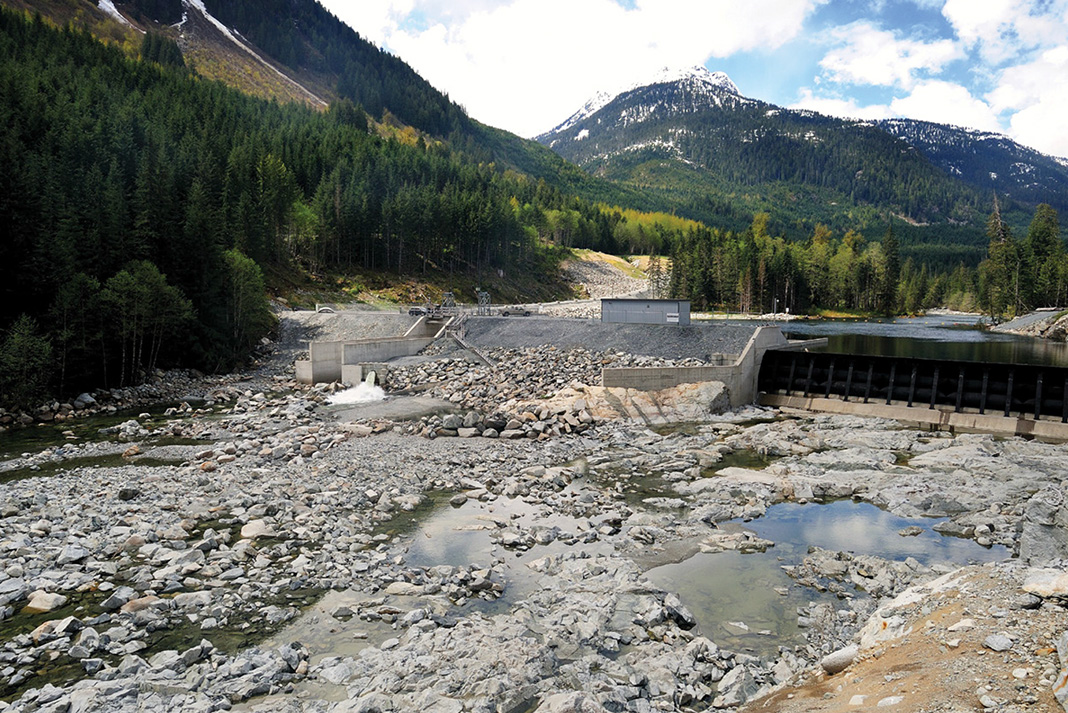
Today I am more conflicted about dams. As a kayaker, I want the rivers of the world to run freely. However, as a person concerned with climate change, my number one priority is to get the world off fossil fuels and the reality is that alternative energies, including hydro, are a large part of the answer.
Energy has made our lives much, much better, and people in developing countries are striving for similar access.
The International Energy Agency forecasts that global energy demand will double by mid century and quadruple by 2100. Currently, 85 percent of the world’s energy is met by burning fossil fuels—coal, oil and natural gas—releasing greenhouse gases (GHG) and warming the planet.
Scientific consensus shows that to avoid irreversible climate change, global GHG emissions must drop by 50 percent by mid-century and to near zero by 2100. A momentous challenge.
Pulling out all the stops
Hopefully much will be achieved with energy efficiency, but it won’t be enough—not even close. We need to rapidly develop every alternative available including nuclear, renewables such as wind and solar, and yes, hydro.
Many hydro developments will have significant local environmental and cultural impacts. However, if not addressed, climate change will have terrible global impacts—and global impacts are just local impacts everywhere. River ecosystems around the world will collapse.
I am not advocating for damming every single river. I am advocating for our paddling community to become an active and constructive voice in how rivers may help solve one of the greatest challenges we, as a species, have ever faced. We should help identify which hydro projects are good, and which rivers hold exceptional value for sustenance, recreation or cultural reasons and should therefore be preserved. Opposing every single hydro project will only cause other stakeholders to ignore us.
I have not come to peace with my inner conflict and will continue to feel angry each time another river is lost. But I am starting to think that maybe damming the Marsygandi is the price we need to pay to protect our planet, and in doing so preserve at least some of the world’s river systems.
Maxi Kniewasser has paddled all over the world and holds a master’s degree in resource management. He works as a technical and policy analyst at a clean energy think tank, and is a regular Rapid contributor.
Climate change means no easy answers for river conservationists. | Feature photo: Steve Rogers



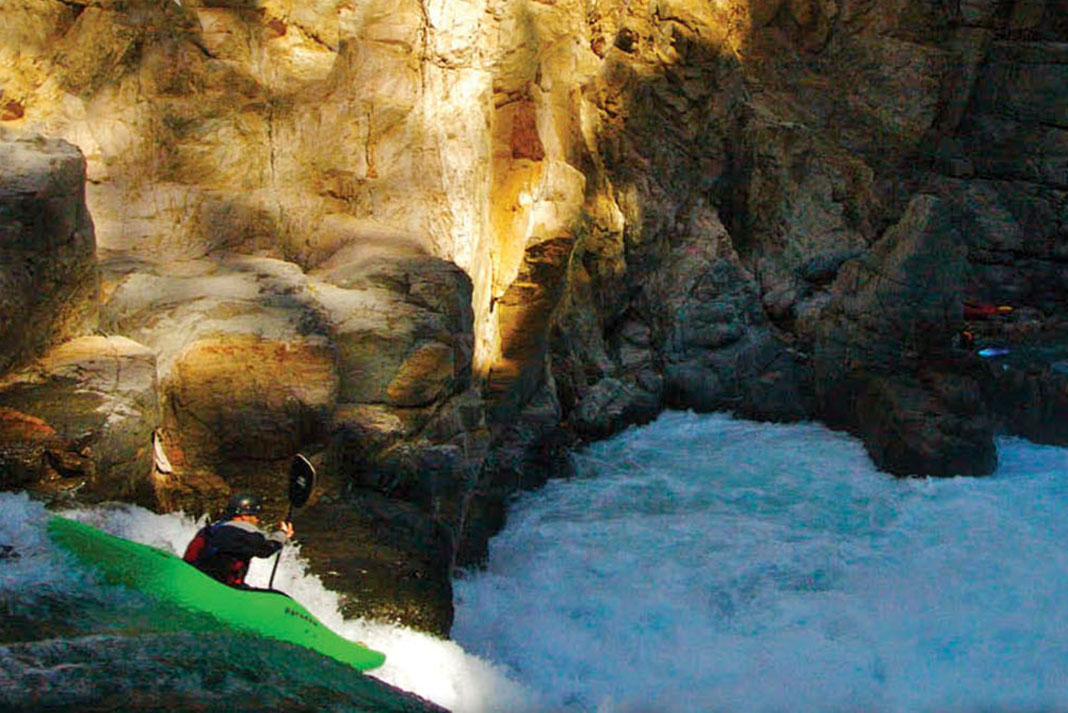
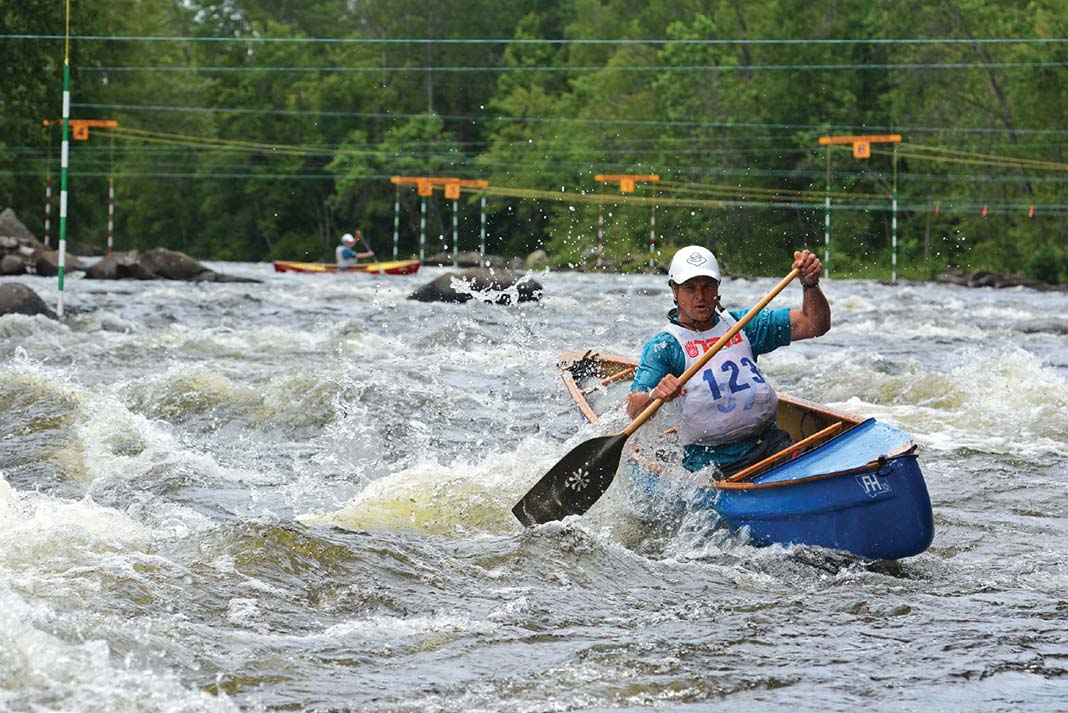
 This article was first published in the Spring 2015 issue of Rapid Magazine.
This article was first published in the Spring 2015 issue of Rapid Magazine. 